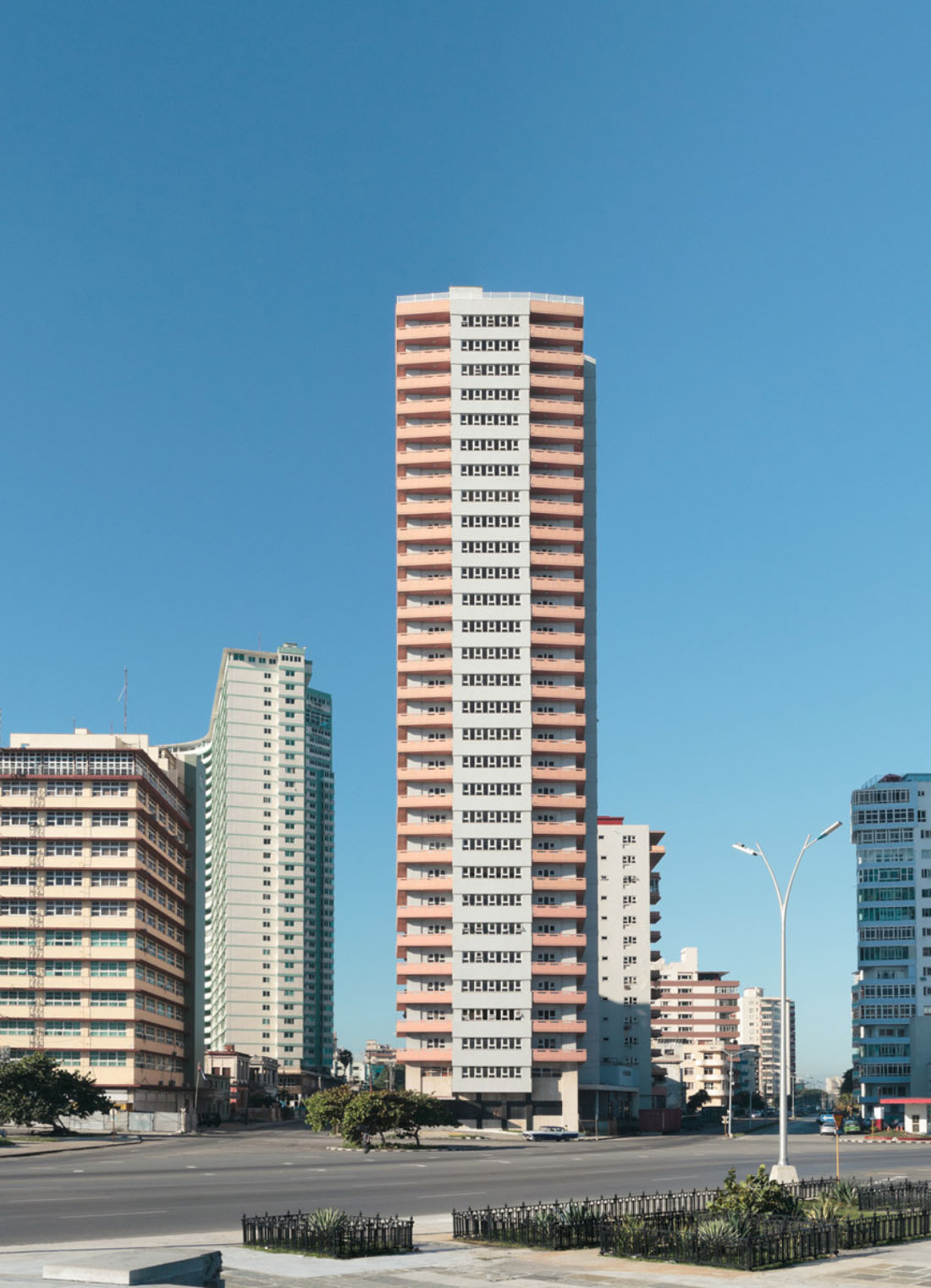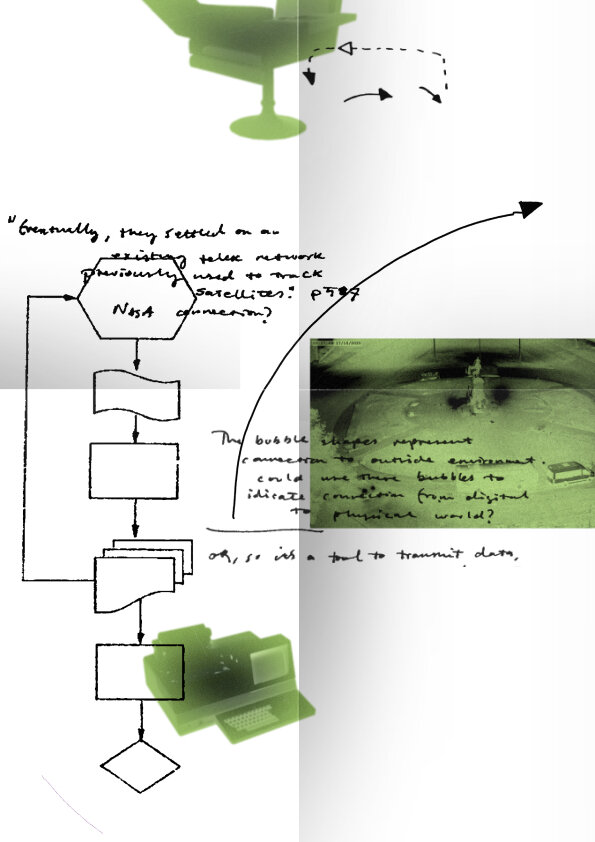Loidys Carnero
Ligstoel, 2016
There are people who have a type of atmosphere that can’t be superficially categorized, at least less immediate and easy as it tends to happen elsewhere. The Cuban artist Loidys Carnero is such an example, someone who upon meeting exhibits an array of dispositions that convey a certain type of homeness , yet an infinity to his complex world which houses within a world of many. Having moved to Europe some time ago, Carnero has lived and left behind various realities that has made him into the ever-changing person he is now and (maybe) forever. A stranger, of some sort, at home everywhere and nowhere.
Ligstoel, 2016
Currently based in Amsterdam, Carnero’s work (often physically) examines notions of culture and identity. What it means to belong to a country that isn’t one’s own, and what it could mean to never arrive. His art practice, at times a carpentry-related process of producing designer DIY pieces (like those of Gerrit Rietveld), embodies the recordings of numerous pasts—both his own and that of others—knowingly headed to a future that’s never the same as yesterday. Somewhere in between the vast complexity of the work and the artist himself, there’s a staggeringly beautiful nostalgia that slowly settles in after having experienced the pieces. Carnero’s consciousness is present almost everywhere, suddenly we find ourselves asking the most human of questions, what is home and what is identity, and does the search for both of them necessarily need to come to an end.
Muurkastje, 2015
You’re originally from Havana, but have lived the past years in Amsterdam. Was the move a great transition for you?
Before coming to Holland, I lived in Spain for 4 years. I can live anywhere. Every place is perfect as it is. Cuba, Spain, Netherlands, even the United States. My exile is self-imposed. I like Amsterdam, although sometimes I don’t really know whether I'm in Havana or in Amsterdam. My mind and my iPhone are divided into many places at the same time. I like Genever, it’s just like rum, it mixes well with lime.
Do you seek exile? Isn’t it at times difficult to exist within such noticeable duality, never fully becoming part of one singular landscape? With that question, I’m not suggesting it’s the way we ought to live.
I decided to leave Cuba because I didn’t like being there anymore. During those years (2004-2005) in Havana we lived quite intensely. I was part of a group of artist friends; we organized exhibitions and looked for ways to exhibit our work while evading censorship. While I felt part of the context, I was more interested in what was happening outside Cuba. I had always been reading American and European art books. Everything seemed limited and somehow dangerous where I grew up.
The house personality test, 2014
The house personality test, 2014
One of my favourites pieces is The House Personality Test . I looked it up too, and had problems picking just one. (Does that mean I have a personality disorder?) The test itself makes a lot of sense to me. Maybe because I often think about houses, and the idea of home. Houses, they exhibit so much truth while in some ways merely consisting of decorations. I just find them very fascinating, they seem inexhaustible to think about.
It’s a playful test based on psychological techniques, you choose the house in which you would feel most at home, then read what its says about your personality. The work consists of sixteen photos of houses that correspond to different dwelling types in the Netherlands and Cuba respectively.
The house personality test, 2014
The house personality test, 2014
I took the test myself, I chose the picture with the high-rise building, on the sixth floor. According to the original test this option indicates a paradox in my personality. On the one hand, I like the busy world and the diversity of people in it. I have a strong social conscience, with an extravert willingness to deal with reality. On the other hand, I’m not sure of my place in the scheme of things, feeling disassociated and prefer to be in my own psychical space. These contradictions sometimes create problems of identity, extravert or introvert? I’m an actor, playing different characters without being sure who I am. I'm more than one person. Complicated, contradictory.
The house personality test, 2014
What exhibition do you remember particularly well?
We did an exhibition inside a ruin in Havana, surrounded by stones and rusty iron. The works were done directly on the remaining walls. Mostly drawings and installations. We were working on the project for two weeks. There was such an extreme heat, but it was beautiful. There was no opening or anything fancy. The works were hidden, we only took friends over to see the pieces from time to time. The whole process was documented on video.
Do you encounter any limitations in Europe, limitations that perhaps didn’t exist in Cuba?
The limitations of language, for example. When I lived in Cuba, I thought I could do everything with communicating with everyone. A very naive thought.
How has the geographical shift affected your art practice?
The place where I live affects what I do. I can’t imagine what I’d do now if I’d still be living in Havana. I like to learn from every context. Since I left Cuba in 2006 I have dedicated myself to learn new things. I realized I'm good at certain things I had no idea I’d be good at. Emigration has also to do with individual limitations. Much of what I recently do begins due to the desire of doing it, due to curiosity. I pay close attention to curiosity because it is an intuitive process. I think the curiosity comes from the limitation that Cuba has as a country in itself. Especially in terms of lack of information and the updating of things.
The odd one out, 2017
“Emigration has to do also with individual limitations.” That’s a nice thought. Displacement of the self does create layers to an identity that otherwise wouldn’t probably come into existence. By adding these layers, though, there’s also the possibility of becoming identity-less. So many different cultures becoming part of us.
Identity as something that evolves, not that remains static.
Than perhaps none of us ever had a fixed persona... if we are constantly moving and changing.
Precisely.
Identity, still, that’s such a loaded word. I often think people often refer to identity as the idea of home. But the notion of home is also something I’m not sure I fully comprehend.
I relate identity with freedom. I don't like the word ‘home,’ I rather use ‘house.’ To me home is related to the idea of family. Actually none of the apartments where I have lived in has had the typical/traditional characteristics of a ‘home. Meaning: a living room with a sofa and a TV on the wall. I’m not interested in that.
The odd one out, 2017
It’s interesting how the notion of home has become such a fundamental aspect within our every-day life. The lack of home somehow immediately referencing the lack of identity.
My idea of ‘home’ is actually a workshop, a studio. A space to be used, to experiment in. I’m constantly working, I can't relax. Since I lived in my apartment in old Havana, I remember selling all the furniture, leaving the space empty. There was a big wardrobe, full of books and drawings on rolled paper, no clothes. The whole kitchen was painted with an intense red color and the dining table was the work table. Around the house I distributed things I liked to look at. I had a sculpture in the center of the living room, a minimalist pink marble cube cut in two, with a carved (hollow) human head trapped inside both parts. A beautiful piece by my friend Javier Castro. But your idea is more about the house as a social convention, a techno-bourgeois space. That's very interesting.
Werkbank, 2015 (book)
Werkbank is a semi-performative piece, having followed instructions of a Dutch do-it-yourself book and make a workbench. Did you follow language or visual instructions?
Indeed, the pieces are very performative. If you look at them carefully it’s obvious they weren’t made by a professional carpenter because of the cutting and sanding mistakes. All this enriches the experience of looking at them. The work Muurkastje and all the pieces from 2015-2016 are also a form of language. I don’t speak Dutch. That's why I decided to make furniture-sculptures that come from tutorials only in Dutch. There’s a whole process of translating the instructions, material lists, tool names, etc.
It's a self-integration course by making something, it's fun. I have learned a lot from the Dutch, on how things are done here. Also, there’ss a good Dutch white wine called Apostelhoeve, made in Maastricht. The romanticism is in the craftsmanship of the pieces, the pleasure to do a job well for its own sake.
A self-integration course, by making something. That’s kind of funny, and somehow very Dutch.
All the furniture pieces are a way of figuring out cultural environment. Like the Netherlands, using design and DIY methods. A type of lifestyle.
Werkbank, 2015
Wood is one of your primary materials to work with. At least recently. Is there a personal connection to the material?
When I started making the sculptures in 2015 I really wanted to build all the furniture for my apartment. So I used plywood, it was at hand, nothing personal. I had just moved to an empty apartment in Amsterdam Zuidoost and I certainly didn’t want to buy anything. I wanted to construct everything by myself, as a hobby, meanwhile thinking about space and context. I built 4 chairs designed by Gerrit Rietveld for the dining room. In the construction process I found out that Rietveld used just 12mm (width) plywood sheets for the back and seat of his chairs, and they’re incredibly resistant.
Wijnrek, 2016
Wijnrek, 2016
“...nothing personal,” does art need to be personal in some way in order to be art? What are the borders here, are there any? I guess I often ask myself that question, where does art begin and end...
In the end it all comes down to the people who look at the works, whether or not someone has a personal relationship with what they are seeing. Obviously in art there is preference for things to be done by a specific person. Not by a computer with artificial intelligence or something similar. However, it also might be the exact opposite of what I just told you before. There are no borders anymore. Technology will take over everything, I suppose.
Haarp, 2008
Parking lot, 2008
Parking lot, 2008
Copying these designer pieces also comments on consumerism, there’s a kind of longing for possessing ‘nice things.’ You could have made any chair, yet you chose a type of chair pertaining to a history of luxury goods. Why did you decide to pick a Gerrit Rietveld, despite Rietveld being one of the archetypal examples of Dutch designers?
I just wanted to have Rietveld chairs in my house, so I followed technical instructions from the book “ Rietveld meubels om zelf te maken.”. The book helps you to construct Rietveld furniture, but it’s an illusion. I had to use professional machinery to make those chairs well. Of course in the case of the Rietveld chairs there is also the problematic of creating something loaded with cultural codes, determining how we interpret and define something. Fortunately there are different ways of seeing the same thing; they change according to the context. I have no doubt that these four De Ligt chairs here in the context of my apartment in the Bijlmermeer are interesting.
Images courtesy of Loidys Carnero
interview LARA KONRAD
What to read next

















